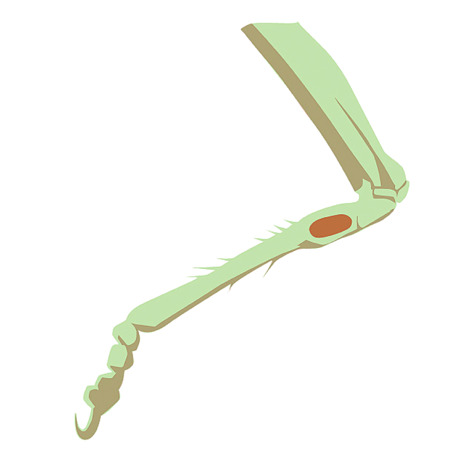The Human Body’s Ability to Repair Wounds
AMONG the numerous mechanisms that make human life possible is the body’s ability to heal wounds and regenerate damaged tissue. The process begins as soon as an injury occurs.
Consider: The healing process is made possible by a cascade of complex cellular functions:
- Platelets adhere to tissues around a wound, forming a blood clot and sealing damaged blood vessels.
- Inflammation protects against infection and removes any “debris” caused by the injury.
- Within days, the body begins to replace injured tissue, make the wound contract, and repair damaged blood vessels.
- Finally, scar tissue remodels and strengthens the damaged area.
Inspired by blood clotting, researchers are developing plastics that can “heal” damage to themselves. Such regenerating materials are equipped with tiny parallel tubes containing two chemicals that “bleed” when any damage occurs. As the two chemicals mix, they form a gel that spreads across the damaged areas, closing cracks and holes. As the gel solidifies, it forms a tough substance that restores the material’s original strength. One researcher admits that this synthetic healing process currently under development is “reminiscent” of what already exists in nature.
What do you think? Did the body’s ability to repair wounds come about by evolution? Or was it designed?








